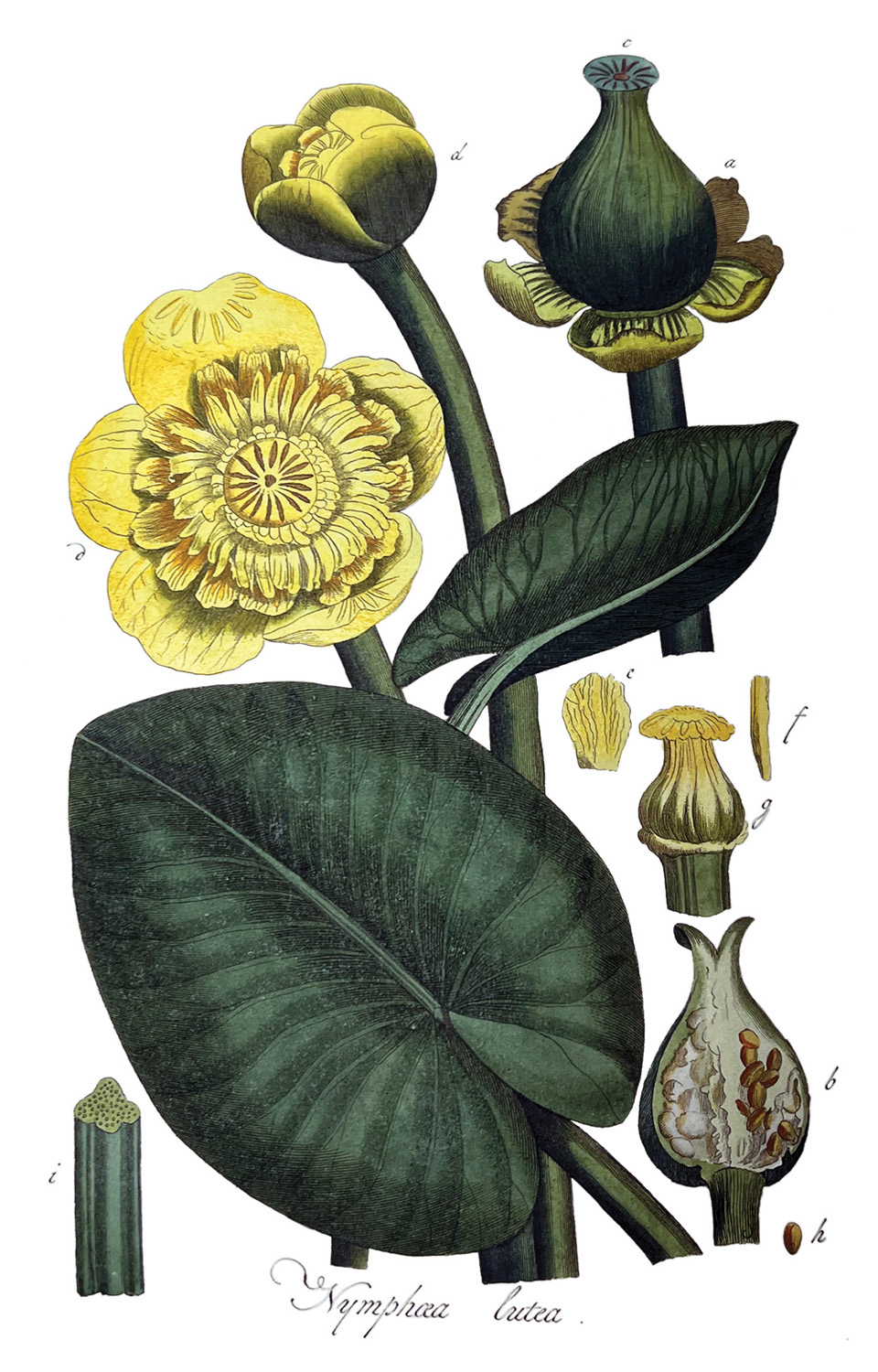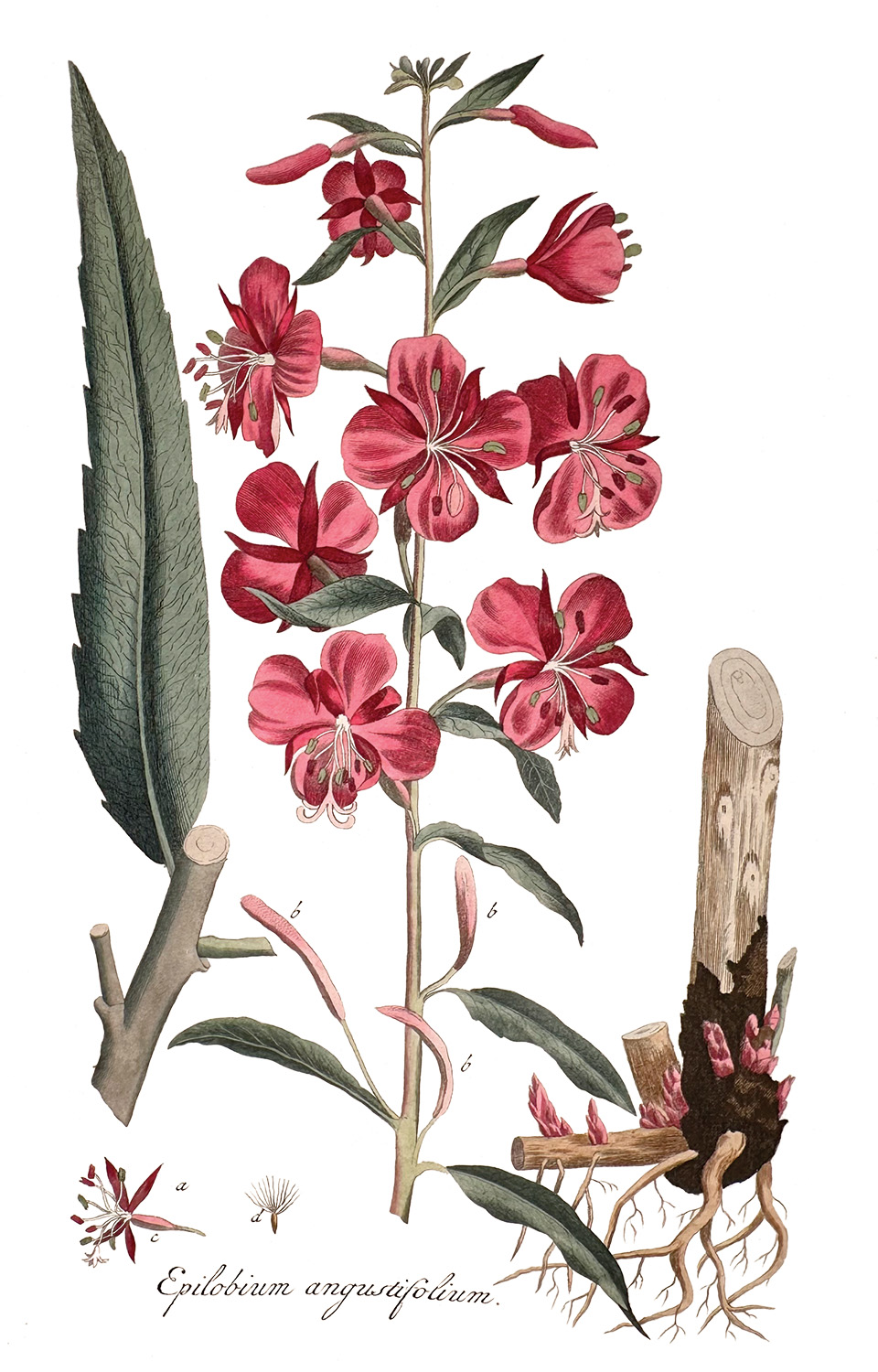Jan Kops, ed., Flora Batava (J.C. Sepp en Zoon). Archives of the American Academy of Arts and Sciences, Cambridge, Mass. | |
By Emily Buff, Archives Intern
Within the Academy Archives is an illustrated book with over eighty hand-colored illustrations of native plants of the Netherlands. This book was received through the Academy’s publication exchange with other academic and state societies.1 A record of these exchanges can be found in the Academy’s letterbooks.2
The Academy received the first installment of the Flora Batava in 1803 from the Secretary of the Interior Council of the Republic of Batavia, which would later become part of the Kingdom of Holland and then part of the Netherlands. The King of the Netherlands sent later issues to the Academy.3 The correspondence concerning the sending and receiving of issues of the Flora Batava dates from 1803 and 1822.
The Academy’s library was sold to the Linda Hall Library in the 1940s, but a small portion of the books was not included in that sale because of its significance to the history of the Academy. The Flora Batava was one such book.

